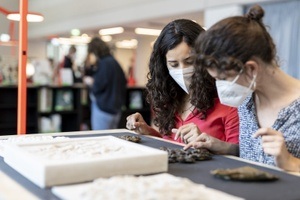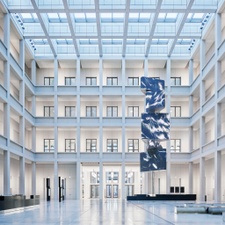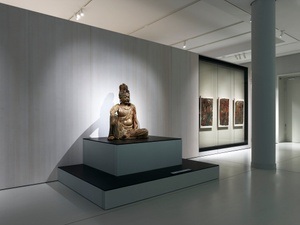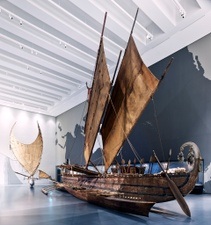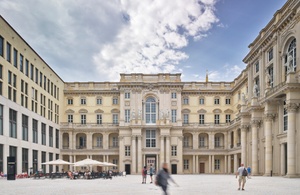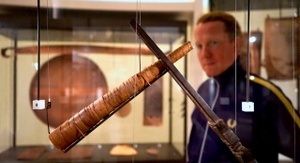Science Notes: Verbrechen
In the organizer's words:
As part of the Berlin Science Week
An evening full of crime - and about the science behind it. With journalist Niko Kappel, we explore a forbidden archive and follow researcher Dirk Labudde into his laboratory. There he develops methods to identify people even under elaborate disguises. Who will his research serve? Journalist Sabrina Winter wonders why criminology is particularly interested in the crimes of poor people - when the rich do much more damage. Professor Charlotte Förster talks about her work on an unfortunately omnipresent crime in clubs: knockout drops. She wants to raise awareness with her research project. Crime has many faces. Science Notes Art Director talks about the aesthetics of the files.
Mario Schönhofer will accompany the evening with a live set on his analog synthesizer.
Lectures:
The Rig Method
Prod. Dr. Dirk Labudde
The forbidden archive
Niko Kappel
Journalist Niko Kappel tells the incredible story of New Yorker Leroy Ehrenreich, who recorded thousands of operas over decades - and thus created a unique archive. The collection would be a treasure for researchers - if only it were legal!
Bloody white collars: Why we don't look enough at the crimes of the rich
Sabrina Winter
Criminology mainly looks at the crimes of poor people. However, rich people do much more harm to society with their deeds. But white-collar crimes are underrepresented in our thinking and in criminology. This sometimes has deadly consequences.
Don't spike my drink: What do we know about "knockout drops"?
Prof. Dr. Charlotte Förster
In this lecture, we would like to look at what is meant by the popular term "knockout drops" and what we know about them from a research perspective. On the one hand, we will look at the different substances that can be administered to a person involuntarily (i.e. spiking) in order to manipulate, anaesthetize or render them unconscious. On the other hand, we will provide insights into the current data situation. We will also discuss our empirical study on awareness, experience and the use of spiking - the only dark field study in Germany to date. Information on the project (incl. link to the study & Instagram channel): www.do-not-knock-me-out.com
On the aesthetics of files
Sandra Teschow
Is there an aesthetic of crime? If you skim the covers of "true crime" formats, you quickly get a clear picture: bold capital letters bark at us, preferably in black, white or red. The lead stories show tough reporters in gloomy chiaroscuro. We see fingerprints, outlines of corpses and barrier tape, blood-soaked knives and big guns, in short: the whole arsenal of our exaggerated imagination of what constitutes a real crime. In gloomy shapes and colors, the stories proclaim death and destruction, promising wailing and shuddering. Yet every crime is given a very special aesthetic treatment by the form. In this lecture, the art director of Science Notes magazine explores the aesthetics of the files.
Music:
Mario Schönhofer
Live set on an analog synthesizer





